Billy Branch and Sons of Blues with the title song from their Blues Shock album
Imagine for a moment that it’s 1961, you’re 10 years old, and living in Los Angeles. Allowance burning a hole in your pocket, you head for Woolworth’s, a magical land where one can find everything from pots and pans to tools and toys, Hershey bars to Mallomars, along with the latest 45s. But, if you’re Billy Branch, your sights are set on something else: something new and shiny, and just the right size to fit in your pocket: a brand new, Valencia double-reed folk-style harmonica.
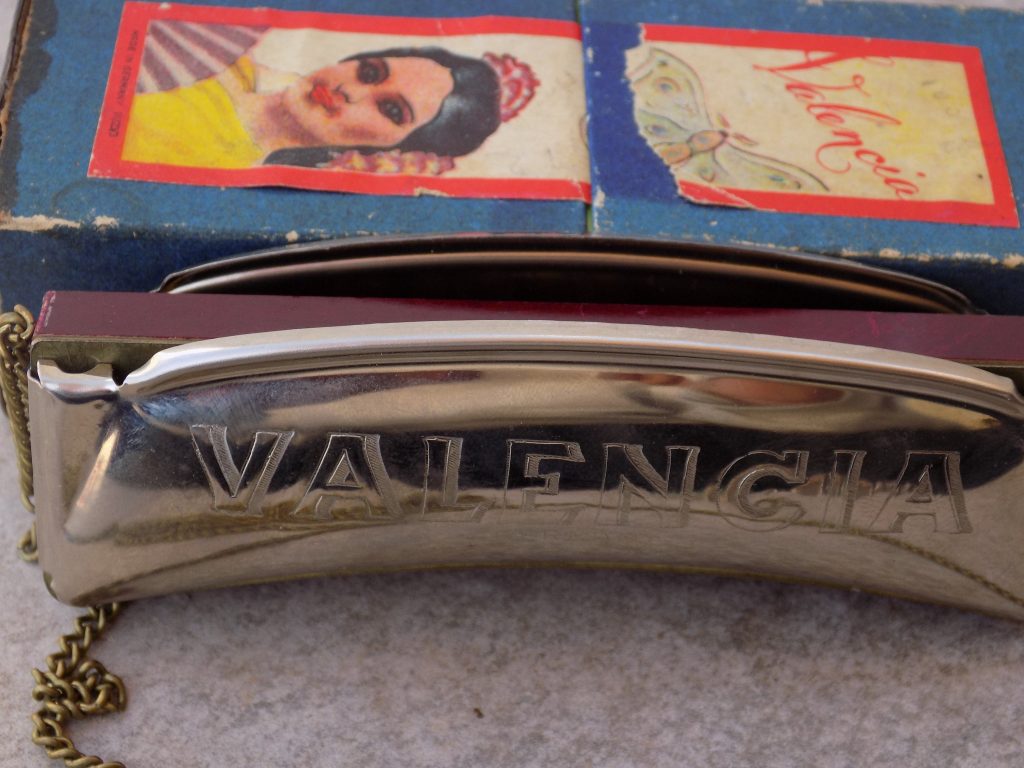
“I remember looking at it in the display case and a little voice told me that I could play it,” recalls Branch. “It was a dollar, and I had a dollar. So I bought it, took it out of the box and put my lips to it, and almost immediately I was able to play any melody I could think of.”
That was quite a feat, especially when you consider that that first harmonica came without so much as a fold-out instruction insert. Even more remarkable was the fact that, unlike many novice players, the 10-year-old came to the instrument unaware of what it could do, or who was doing it. “I had no idols, took no lessons and had no blues reference,” he says. “I didn’t even know about the blues at that point.”
All that, of course, would change with time, but, in those early post-Woolworth days, the youngster contented himself with playing folk and Christmas songs purely for his own amusement, or that of his family and friends, with no thought of doing anything beyond that.
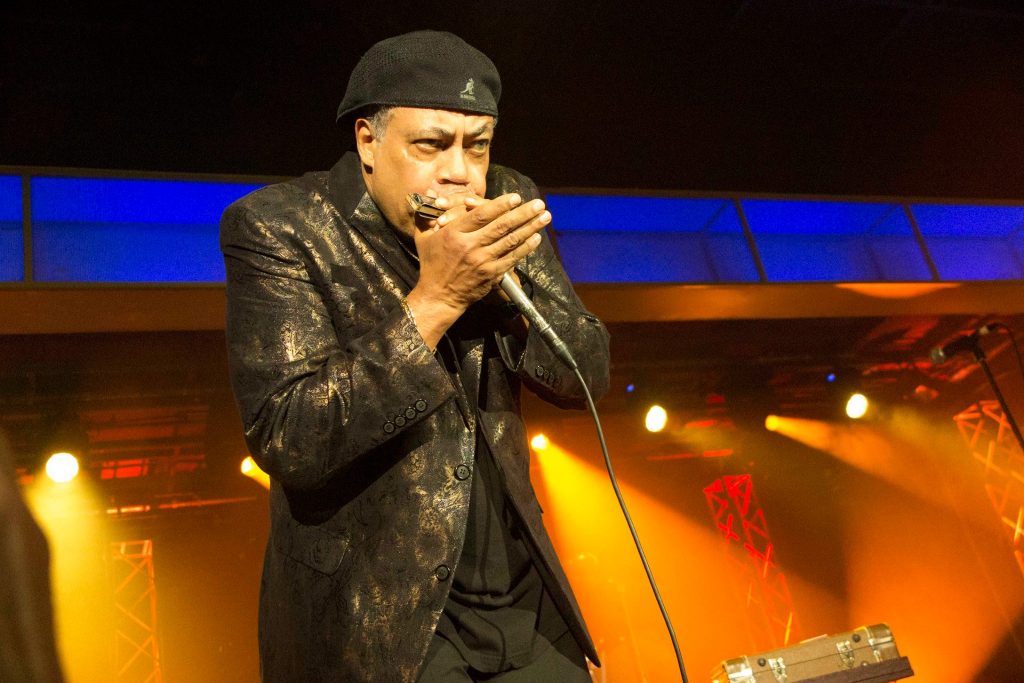
While Billy was born in Chicago, the Branch family moved to LA when he was just a pup. He returned in 1969, enrolling at the University of Illinois, where he majored in Political Science. Why Poli Sci? “When you’re young, you don’t always know what you want to do,” he explains, “and so I had some aspirations of being a lawyer, and. according to my high school guidance counselor, Political Science was a consistent major.”
1969 was also the year Billy Branch was introduced to the blues — big time — when he attended a once-in-a-lifetime 10-hour blues fest in August of that year. Notes Branch: “It was put on by Willie Dixon, and it was probably the greatest blues festival ever produced, because the line-up featured 30 or 40 legendary artists. Koko Taylor, Junior Wells, Big Mama Thornton, Bo Diddley and Muddy Waters — practically all of the greats were there, and this was my introduction to the blues.”
Up until that point, Branch had only one blues record to his name — an Eric Clapton /John Mayall and the Bluesbreakers album he had received as a promotional giveaway after sending a roll of film off to be developed. He remembers looking at the album and wondering why the company had sent it to him. “I wasn’t into it,” he admits, at least not until he attended that life-changing festival.
“I was so blown away,” he recalls, “and I ran back home and put the record on. I didn’t know that harmonicas came in different keys, and so I couldn’t figure out why I couldn’t play along with it. I knew I had a good ear and could replicate melodies, so this was a conundrum.”
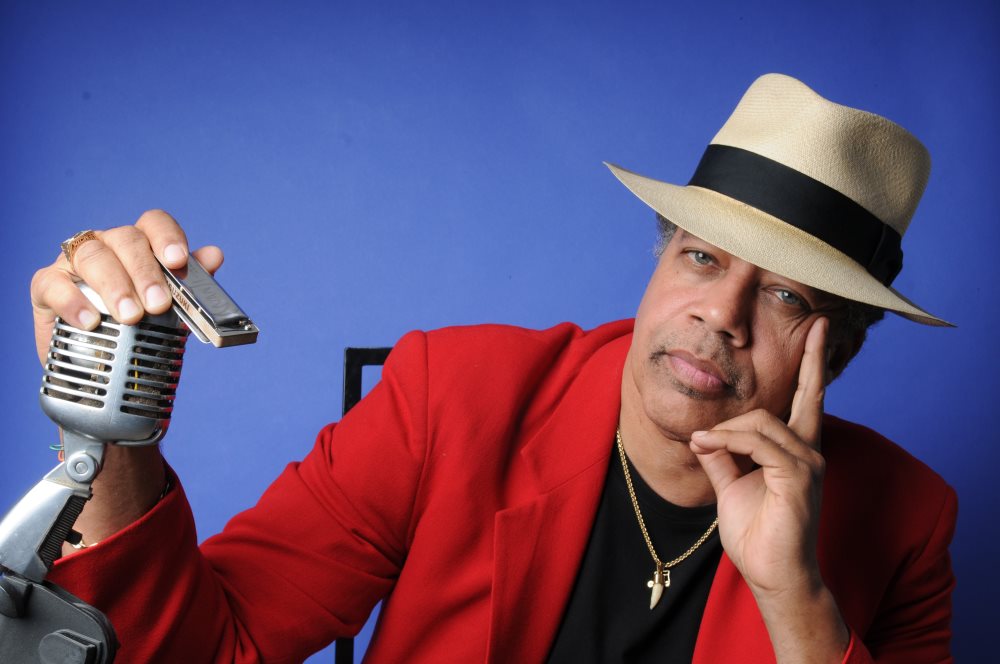
He would soon learn that the Valencia, which had served him well, wasn’t built to play the blues, while Branch, on the other hand, was a natural. A self-taught crash-course in everything blues followed, with the college man taking time out from his studies to sit in at some of the local blues clubs, where he listened and learned from the likes of Big Walter, Shakey Horton and Junior Wells.
The more he listened, the more he learned. “Looking back, I had immersed myself so deeply in the Chicago Blues scene that I didn’t realize how fast I progressed,” he says, “because that festival was in 1969, and seven years later I was Willie Dixon’s harmonica player.”
It happened in 1975, when Carey Bell — Dixon’s long-time harmonica player — left Dixon’s All-Stars to form his own band, and, when he did, Dixon asked Branch to take his place.
Fast-forward a couple of years to 1977, when European Concert promoter George Gruntz asked Jim and Amy O’Neil, (founders and publishers of Living Blues Magazine) if they knew of any young African-American blues musicians who might be interested in playing at the upcoming Berlin Jazz Festival.
There was, in fact, a small group of players that fitted the bill, and Branch, who was still playing with the All-Stars, was among them. He remembers the day O’Neil approached him about putting together a band for the festival.
“He said, ‘Here’s an opportunity. Would you like to go to Germany?’ And I said, ‘Yeah, sure’ (I’d never been to Europe before). And he said, ‘You and Freddie [Willie Dixon’s son] are in a band, so all we need is a drummer and a guitar player. Do you know Lurrie Bell?’ Lurrie, was Carey Bell’s son, and I knew him, but I didn’t know him well.
“So I went over to Lurrie and Carey’s and asked if Lurrie could go with us, and Carey said, ‘Yes, but make sure you take care of him.’ Lurrie was only 19 at the time, but he had been playing since he was two or three and was already a seasoned, high-skilled musician.”
The newly christened “Sons of Blues Band” consisted of Lurrie (son of Carey Bell) on guitar, Freddie (son of Willie Dixon) on bass guitar, Clifton James (son of Garland James) on drums, and Billy on harp and vocals. “I was the only one who wasn’t the son of a famous blues musician,” says Branch, “although my father did play some upright bass in the Service.”
And so it was that the Sons of Blues made their way to Germany. “Willie Dixon was with us as Master of Ceremonies and patriarchal figure,” recalls Branch, “and we debuted a song called Tear Down the Berlin Wall, which we later recorded.”
It would earn the group a Grammy nomination, and, all these years later, Tear Down the Berlin Wall is still tearing up the audiences around the world.
Though the young musicians may not have realized the impact of their inclusion in the event at the time, it was, in fact, historically significant in that the festival, which was considered to be the premier European jazz festival at the time, did not generally feature blues artists.
When the festival was over, Branch returned to the All-Stars, while continuing to play with the Sons of Blues and sitting in with other bands whenever he could. Of that time he says, “There were so many great musicians during the 70s and 80s, and I just wanted to play. And so I played with everybody. I would frequently sit in at hole-in-the-wall dives — wherever there was blues. And so I was able to adapt my playing style to sit in with most genres. I would play with jazz, folk, country and Mexican bands.”
It quickly got to the point where Branch was able to hear the blues in a tune that wasn’t necessarily labeled as such: “Typically, in the blues clubs, a lot of the artists do some soul and R&B. Normally you wouldn’t have a harmonica playing on these songs, but I just developed a style where I was able to play along.”
Billy eventually left the All-Stars, as the Sons of Blues continued to gain a following that has grown steadily over the years. He’s proud of the fact that, while any band that’s been together for a period of time is bound to have some comings and goings, his is a tight-knit group. “I’ve been more fortunate than most band leaders,” he says, “because a lot of my guys stayed with me for a very long time. My drummer — Mose Rusus — retired after about 34 years with me, and Nick Charles — my bass player — was with me for 20 years.” Charles passed away in 2014.
“Sumito Ariyoshi has been with me for 20 years,” Branch continues, “and Carl Weathersby was with me for 17 years on lead guitar. So I pretty much maintained the same unit for long periods of time.”
To this he adds, “and, in my opinion, I’ve had the three of the best guitarists of their generation in the Sons of Blues: Lurrie Bell, Carl Weathersby and Carlos Johnson.”
Branch started recording in the mid-1970s. His debut album, Bring Me Another Pint, was part of an anthology of various harmonica players.
The Sons of Blues’ 1979 Grammy-Nominated debut album – Living Chicago Blues Volume Three, on the Alligator label, featured Branch, Lurrie Bell, Jeff Ruffin and Freddie Dixon. Part of a series that would produce six albums, three was the charm.
It was an auspicious start to a discography that would include well over 250 recordings on a number of different labels, including Alligator, Red Beans, Verve and Evidence. Of those 250, over a dozen are under Branch’s own name. The others make up an enviable play list of blues A-listers, including former band mates and other legendary artists like Johnny Winter, Lou Rawls, Taj Mahal, Keb Mo, Koko Taylor, Honeyboy Edwards, Ronnie Baker Brooks, Eddy Clearwater and Syl Johnson.
Among Branch’s favorite, and certainly most heart-felt tunes, is a ballad called Going to See Miss Gerri One More Time. It tells the true story of Geraldine “Gerri” Oliver, owner of Gerri’s Palm Tavern, which Branch describes as “a very famous night club located on the south side of the city in a section known as Bronzeville. The club — which opened in the early 1930s — was closed down by the city in 2001.
“I met Gerri probably in the late 1970s,” he recalls. “I stopped into her club with Harmonica Hinds. We happened to be riding down the street, and we saw this interesting looking place. It had a Buddhist chant (Nam Myōhō Renge Kyō), and it was on the sign. But the thing that really attracted us said, ‘Four shots for a dollar,’” Branch laughs. “That really attracted us.
“We went inside and there was a very classy, fair-skinned ,older black woman. And she said, ‘Can I help you gentlemen?’ It was pretty empty, and we said, ‘Four shots for a dollar? Oh yes, we’ll take two dollars’ worth.’
“That was the beginning of a relationship. I became close enough to her that she referred to me as her son.
“The notable thing about the Palm Tavern is that, in its heyday, it was the premier club, where, along with the regular crowd, visiting entertainers — black and white — came calling. We’re talking about people like Sammy Davis Junior, Duke Ellington and Frank Sinatra.
“Gerri acquired the club in the early 1930s from a numbers kingpin by the name of Jim Knight. It was a small place; they’d had live entertainment, but people would go there mostly to socialize and be seen.”
There was what Branch describes as “a futile effort to save the club” when it was closed down by the city, but politics won out, with little-to-no regard for Miss Gerri’s feelings. “I felt this was such a travesty,” says the blues man. “She didn’t have as much as a goodbye party, and I was moved to write this song. It’s the best song I ever wrote lyrically, and hardest song because it was a historical narrative. A fan of mine put it into a beautiful story.”
All these years later, the song and Miss Gerri live on. Branch visited with the 100-year-old last summer.
But then, Billy Branch has spent the better part of a lifetime paying tribute to the likes of Miss Gerri and others who inspired him to soar beyond the blues horizon. And so it is only fitting that he too has he been recognized for his good work, be it in personal or public tributes, awards, honors, accolades and nominations.
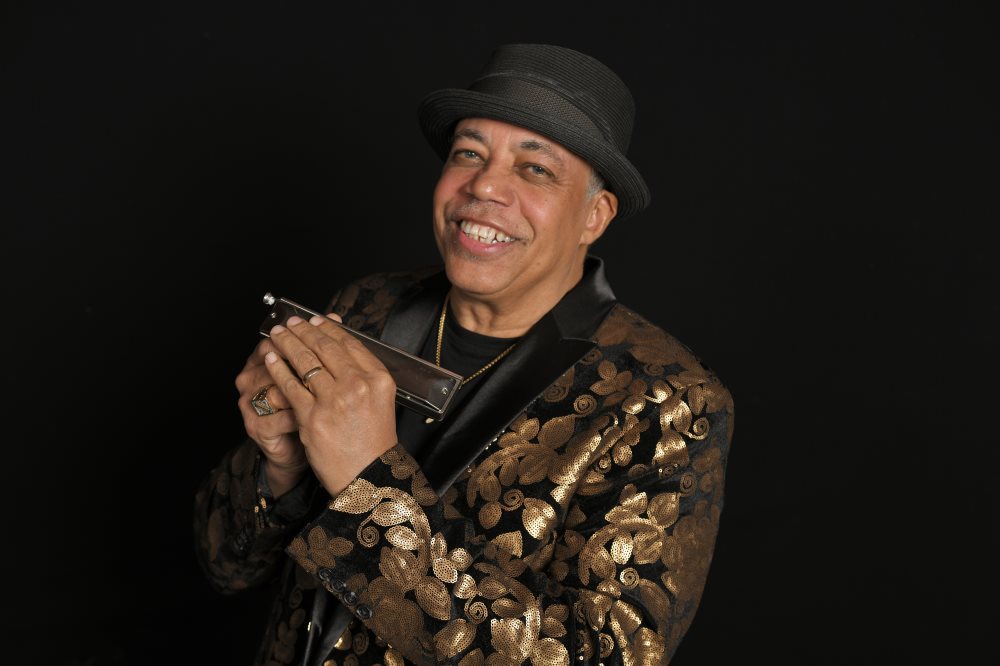
When asked what he is most proud of, he points to his Grammy nominations and WC Handy awards, along with the fact that the Sons of Blues is still a major calling card at clubs, festivals and events around the world.
Among them, was a poignant event that took place on a June night in the summer of 2015. It was on that night that Billy Branch took to the stage, kicking off the Willie Dixon and Muddy Waters Centennial Celebration concert that capped off a weekend of free concerts at the 32nd annual Chicago Blues Festival.
It was a moment in time that no one, least of all that young Poli Sci major, could have imagined back in 1969, when he attended Dixon’s blues fest. Who would have thought that the young man who raced home that day, grabbing his harp, and trying to play along with the one and only blues album in his collection, would be headlining a tribute to Dixon and Waters some 32 years later?

Today, Billy is drawing the same crowds, attention and accolades that his mentors and heroes drew, but, if you think he’s resting on his laurels, think again. “Last year was my busiest year ever,” he says. “My wife and I were literally living out of suitcases. We were in China twice, Ecuador, Italy, England and various places throughout the US.”
The band’s 2019 schedule takes them to Brazil and Europe, as they continue to tour extensively throughout the year. The current line-up consisting of Branch (harmonica and vocals), Andrew “Blaze” Thomas, (drums and vocals), Sumito Ariyoshi (keyboards and vocals), Marvin Little (bass and vocals), and Giles Corey (guitar and vocals).
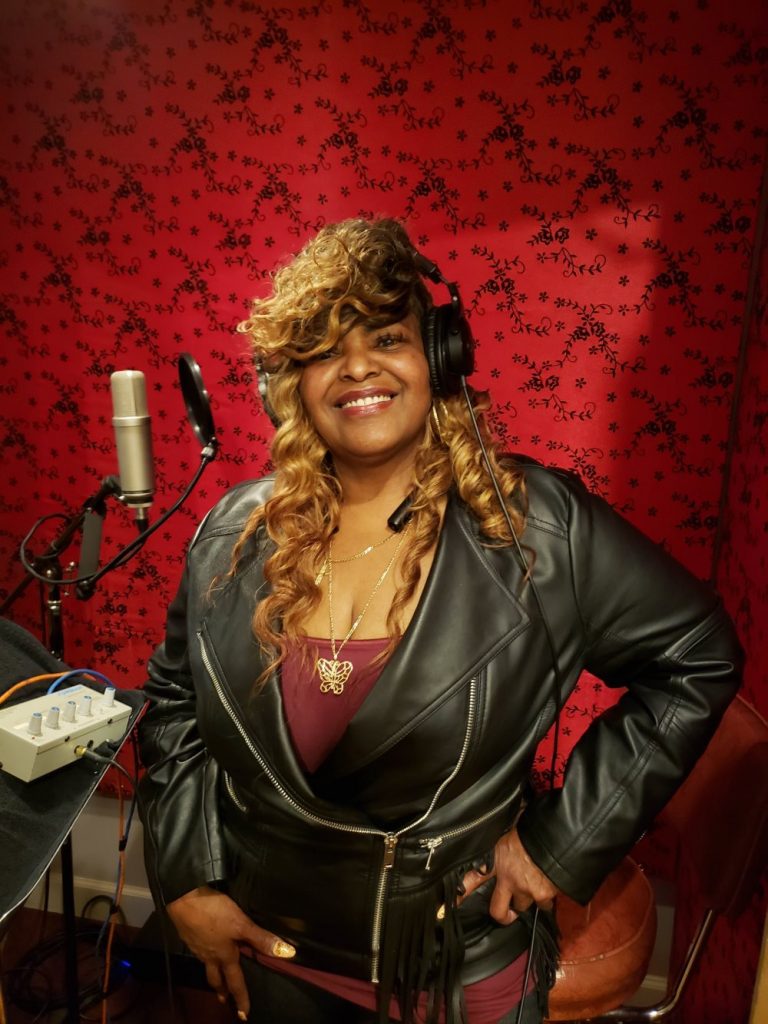
Look for their latest album Billy Branch and the Sons of Blues Roots and Branches Songs of Little Walter on Alligator Records. With a release date of August 17, 2019, the album is a tribute to Little Walter, and features Marion Diaz — Walter’s daughter — offering anecdotes about her dad.
Over the years, Billy Branch has stepped outside the box to do a turn or two on film, in Adventures in Babysitting, and Next of Kin. “It was shot in the Checkerboard Lounge, Buddy Guy’s old club,” he says. “In the scene that I’m in, there’s a band playing. It’s BB King’s band, and if you look closely in the audience you can see him.”
More recently, Branch took on the lead dramatic role in an audio/drama that was subsequently posted as a podcast. Written by the late Lorraine Hansberry who penned Raisin in the Sun, you can hear it at https://makebelieve.fm/flowers
As our time with Branch drew to a close, we asked if he had any advice or life lessons he’d like to pass on to aspiring harmonica players.
“It’s important to maintain humility,” he replied, “especially when you’re first learning and first endeavoring to play with other musicians, because so many people have no comprehensive understanding of the instrument that they are able to play, and they become annoying. A lot of them don’t take the instrument seriously, and they give it a bad rap. So you’ve got to have that sense of humility and graciousness when you’re trying to fit in. You’ve got to give the band that respect, and ultimately they will respect you.”
As for the actual process of becoming a better player, he advocates studying the classics. Of his own journey he says, “I put a lot of emphasis on listening to the great harmonica players like Little Walter and Sonny Boy Williamson, and I learned firsthand from Junior Wells, James Cotton, Cary Bell and Big Walter Horton.
“At the time I entered the blues realm, there were dozens of good harmonica players, and I was so obsessed with this music and this art I would make friends with guys like Big Leon Brooks, One Arm John Wrencher and Good Rockin’ Charles. And if I ran into a guy around my age and he was playing, I was determined to improve, to get as good, if not better, than he was. That was my own drive. But the main thing was the practice, and being able to completely play the classic songs competently and efficiently.”
For more on Billy Branch, his music and touring schedule go to Billy’s Facebook Page.
Billy joins George Freeman, with a tasty treat called Where’s the Cornbread?

Comments
Got something to say? Post a comment below.